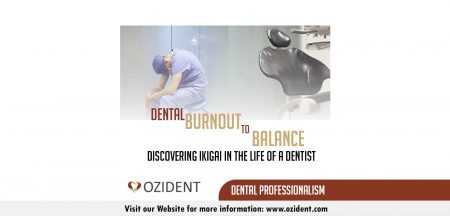Laser in tooth preparation
Info:
Laser: Light Amplification by Stimulated Emission of Radiation.
Types:
CO2, Er:YAG and He:YAG
Er:YAG: (Erbium-Doped Yttrium Aluminium Garnet) is mostly used because its wavelength is specific to the tooth structure.
The effect of the laser of tissue depends on its laser wave length.
How it works:
The laser energy ablates the tissue by being absorbed by cellular water thus rapid increase in temperature and pressure leading to micro-explosion of the dentine and enamel.
The more the tissue absorbs the laser the more effective it is, while less absorption means deep penetration and danger to the underlining structures (pulp).
Chromofores:
are the elements which absorb the Laser.
Components:
laser medium, optical cavity and source of energy to pump the laser (gas “Argon” or liquid “Dye” or solid “aluminum” or a semiconductor)
Uses:
Etching, reduction, chemical modification of caries, enhance fluoride uptake, pulp capping, desensitizing the dentine.
Advantages:
- No Vibration.
- Precision
- No smear layer –>optimal adaptation of the filling.
Disadvantages:
- No tactile sensation.
- Large size unit.
- Weakens surrounding dentine.
- Needs conventional etching with phosphoric acid for adhesion of resin composite.
- Expensive
OziDent Members Only
The rest of article is viewable only to site members,Please Register and/ or Confirm registration via EmailHere.If you are an existing user, please login.
